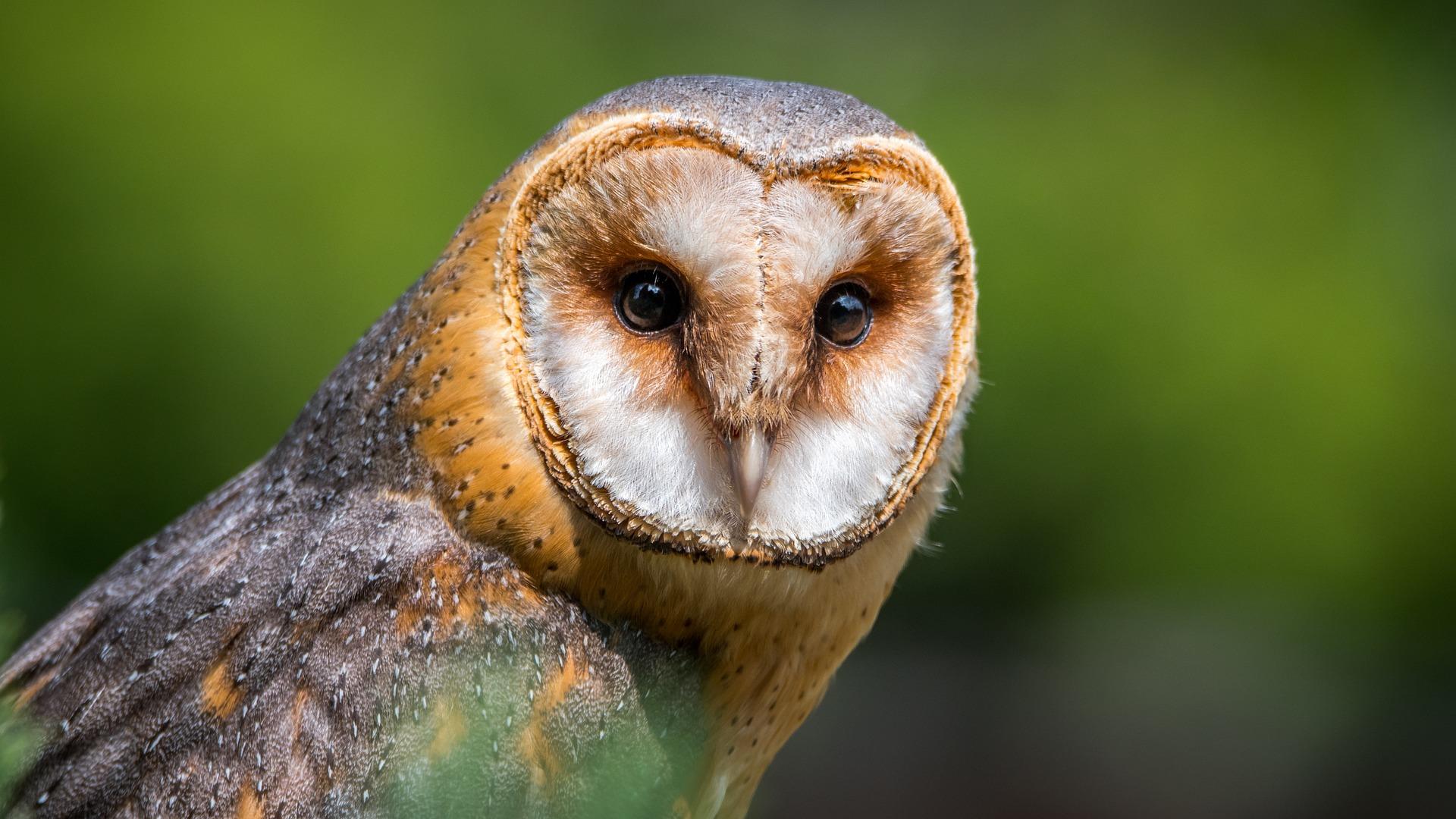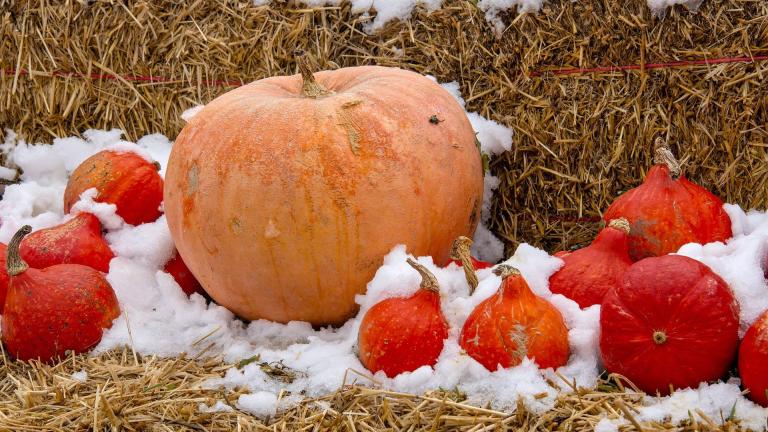 Barn owl. (Lubos Houska / Pixabay)
Barn owl. (Lubos Houska / Pixabay)
If you like your Halloween on the scary side, Mother Nature has you covered.
We’re not just talking about those holiday classics — bats and spiders. From carnivorous plants to blood-sucking sea creatures, the natural world delivers more frights than a haunted house or “Friday the 13th” marathon.
And plenty of them are found right here in Illinois.
You’re going to want to read this with the lights on.
For the Birds
We’ll ease into the horror with the blood-curdling shriek of a barn owl. Barn owls are endangered in Illinois due to habitat loss but a movement is afoot to help bring them back, both by restoring grasslands and providing them with nesting boxes (just maybe not in earshot).
Now that we have your attention, here's a reminder of why it's wise to avoid swarms of crows and ravens. They don't call a group of crows a “murder” for nothing.
Actually, crows are up against a killer themselves. The American Crow is particularly susceptible to West Nile virus, with survival almost unheard of if infected, despite the best efforts of Chicago’s bird rescuers and wildlife verterinarians.
Dead or Alive?
Next time you’re on a walk in the woods, keep an eye out for zombies emerging from their graves.
Dead man’s fingers is the name of a freaky fungus that looks like a hand clawing its way up from the underworld. These mushroom-like fungal "fingers" spring from the ground near the base of dead or dying trees, with beech, apple, maple, locust and elm trees being the most common hosts.
So, not "Nightmare on Elm Street” but “Nightmare on Elm Trees”?
Sticky Situation
It’s always the one you least suspect.
The spoonleaf sundew looks so innocent and sounds like the love child of a rainbow and unicorn. That's what it wants you to think.
In reality, this carnivorous plant lures bugs with a sugary nectar that also happens to be as sticky as superglue. You can either use your imagination to picture what happens next or click on the video below because of course somebody made a snuff film.
Voracious Appetites
We’ve come to the part where you might want to just peek through your fingers.
Let’s travel back to Halloween 2021, and the horrific infestation of June beetle larva that ate a huge swath of Lincoln Square’s Welles Park on Chicago’s North Side.
And by “horrific infestation,” we mean tens, if not hundreds, of thousands of writhing milky white grubs. If they had stayed in the Upside-Down where they belonged we'd have been none the wiser. But they surfaced under mysterious conditions, and the sight and smell of their decaying carcasses grossed out everyone with eyes and a nose.
Prince of Darkness
We're pretty sure if you look up “hellmouth” in the dictionary, there’s a picture of a sea lamprey. Truly the stuff of nightmares.
This parasitic fish — sometimes called a “vampire fish” — was an OG Great Lakes invasive species and by the 1940s had decimated the native fish population. Scientists eventually figured out a way to get lampreys under control, a vigilance they're still practicing today.
If you don’t have the stomach to watch the video below, we’ll cut to the chase: “Sea lampreys have a disc-shaped suction cup mouth ringed with sharp curved teeth. They use their teeth to latch onto large fish like salmon, trout and catfish. Then a lamprey will use its rough tongue to rasp away at the fish's flesh so that it can feed on its body fluids.”
And you thought spiders were scary. Mwah-ha-ha.
Contact Patty Wetli: @pattywetli | (773) 509-5623 | [email protected]







